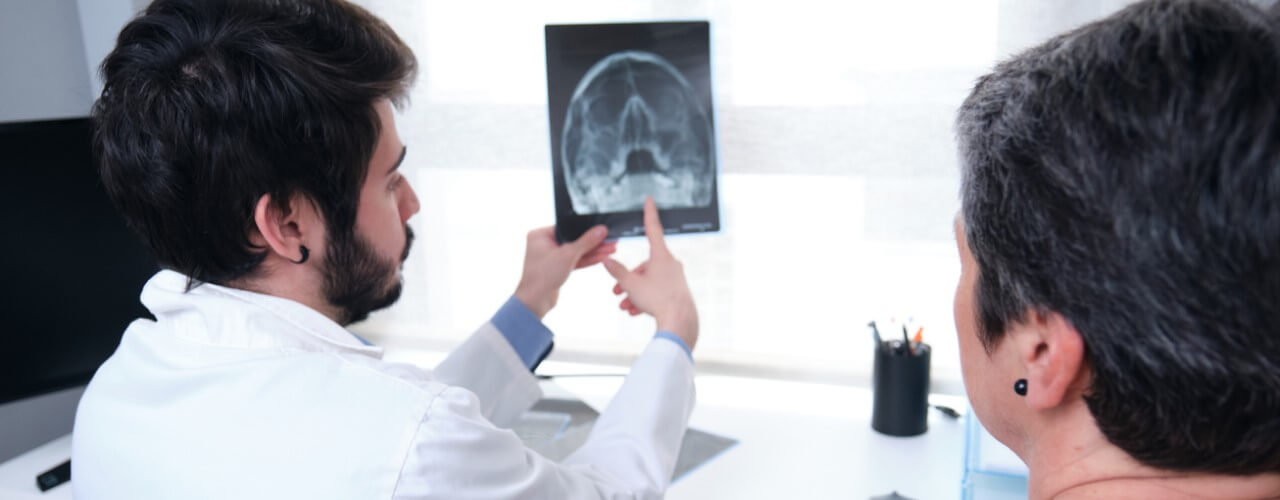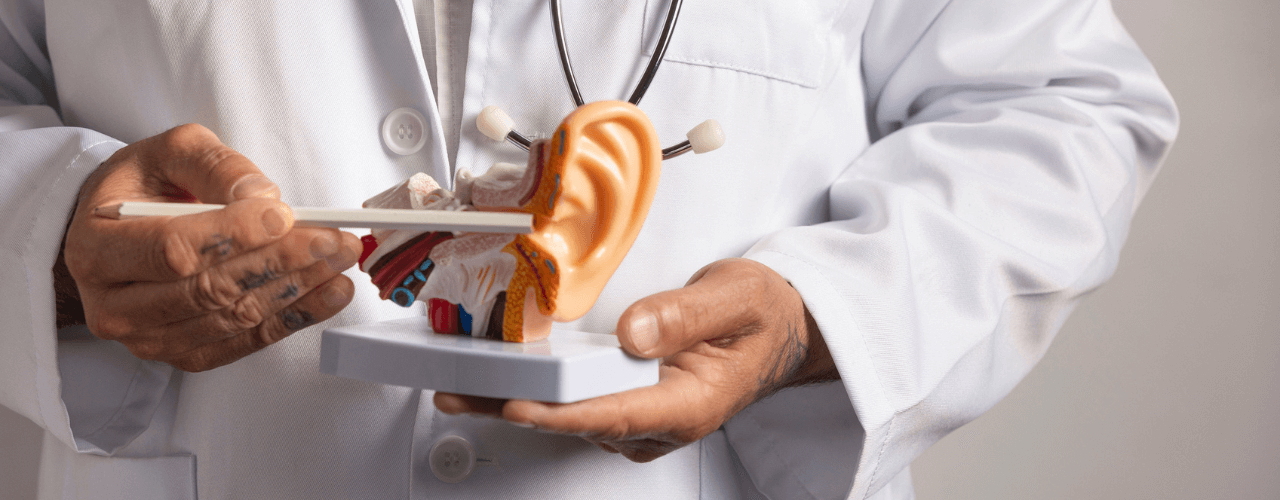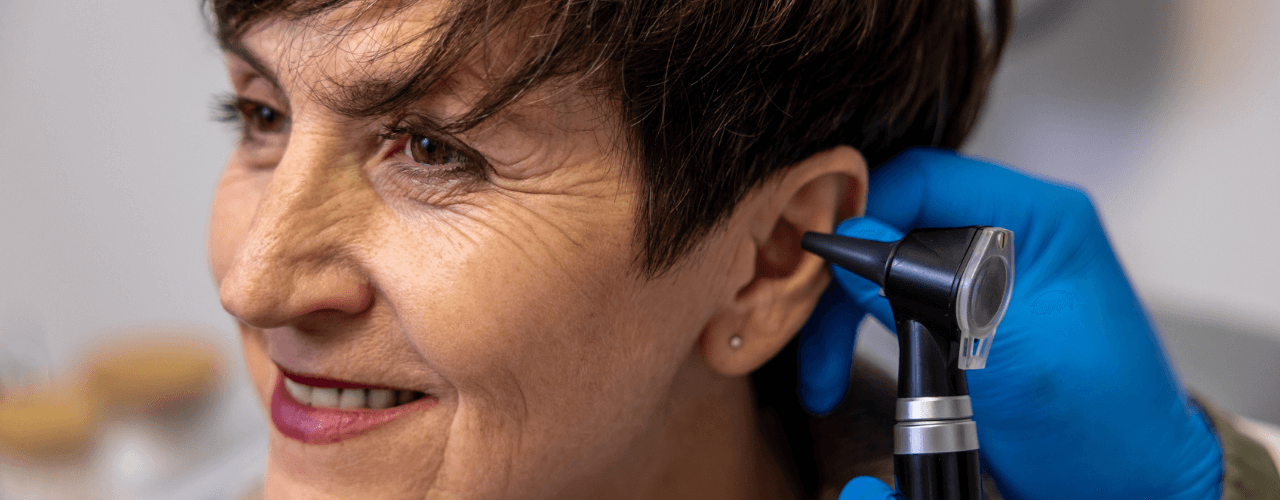Balloon Sinuplasty vs Traditional Sinus Surgery Treatments
If you've been battling chronic sinusitis or other sinus issues, you're not alone. Millions of people around the world deal with these problems every day and finding the right treatment can make all the difference in your quality of life. In this blog, we're going to compare two common approaches to treating sinus problems: balloon sinuplasty and traditional sinus surgery. We'll break down the differences between the two, helping you make an informed decision about which one might be right for you.
What is Sinusitis?
Sinusitis is the inflammation or swelling of the tissue lining the sinuses. These are the hollow spaces in your skull, behind your forehead, nose, and cheeks. When they become blocked or infected, it can lead to a host of unpleasant symptoms, including nasal congestion, facial pain or pressure, postnasal drip, coughing and fatigue.
Surgical Treatment Process
Traditional Sinus Surgery (FESS)
Traditional sinus surgery, also known as sinus surgery or functional endoscopic sinus surgery (FESS), has been around for quite some time. It's typically recommended when more conservative treatments, like antibiotics or nasal sprays, have failed to provide relief. Here's how it works:
- General anaesthesia: You'll be put to sleep, ensuring you don't feel any pain or discomfort during the procedure.
- Endoscope: The surgeon uses a thin, flexible tube with a tiny camera on the end to see inside your sinuses. This allows for precise navigation during the surgery.
- Removal of blockages: The surgeon removes any obstructions in your sinuses, such as polyps, excess tissue, or bone that's blocking the drainage pathways.
- Sinus openings: Sometimes, the surgeon may enlarge the natural sinus openings to improve drainage.
- Recovery: Recovery from traditional sinus surgery can take a bit of time, and you may need to take some time off work. There can be some post-operative discomfort, including congestion, but it generally improves over time.
Balloon Sinuplasty
A newer and less invasive approach to treating sinus problems. Balloon sinuplasty is often recommended for patients with chronic sinusitis or recurrent sinus infections. Here's how it works:
- Local anaesthesia: Unlike traditional surgery, balloon sinuplasty is performed with local anaesthesia. This means you'll be awake, but your sinuses will be numbed to prevent pain.
- Balloon insertion: A small, flexible balloon catheter is inserted into the blocked sinus passage through your nostrils.
- Balloon inflation: Once in place, the balloon is gently inflated. This widens the sinus passage and allows for better drainage.
- Balloon removal: After a short period, the balloon is deflated and removed, leaving the sinus passage.
Advantages and Disadvantages
Traditional Sinus Surgery:
Advantages:
- Thorough Treatment: Effective for severe and complex sinus issues.
- Long-Term Relief: Offers a potentially long-lasting solution.
- Proven History: Well-established and proven over time.
Disadvantages:
- Invasive: Involves surgery, which is more invasive.
- General Anaesthesia: Requires general anaesthesia with associated risks.
- Risk of Complications: Small risk of surgical complications.
Balloon Sinuplasty:
Advantages:
- Minimally Invasive: Less invasive, no general anaesthesia, and quicker recovery.
- Reduced Discomfort: Post-operative discomfort is minimal.
- Minimal Scarring: Low risk of scarring.
Disadvantages:
- Limited Suitability: Not suitable for severe or complex sinus cases.
- Temporary Relief: Relief may be temporary for some patients.
Which Sinus Surgery Option to Choose?
From the advantages and disadvantages of each procedure, the best choice is one which will interfere with your quality of life the least. For those who have health complications under general anaesthesia, the best option is balloon sinuplasty. However, in most cases of severe sinusitis, traditional surgery should be opted for. Depending on your career and lifestyle, recovery time may or may not impact your everyday life.
These are the key factors you should be considering when choosing an option, with your health and comfort being the greatest ones. It is critical to consult your doctor or healthcare provider so that they can guide you specifically on what is best for your condition and any potential risks a procedure may have, considering your healthcare history.
Contact us today to consult an ENT specialist for the best treatment recommendations, services and advice tailored to your needs.












